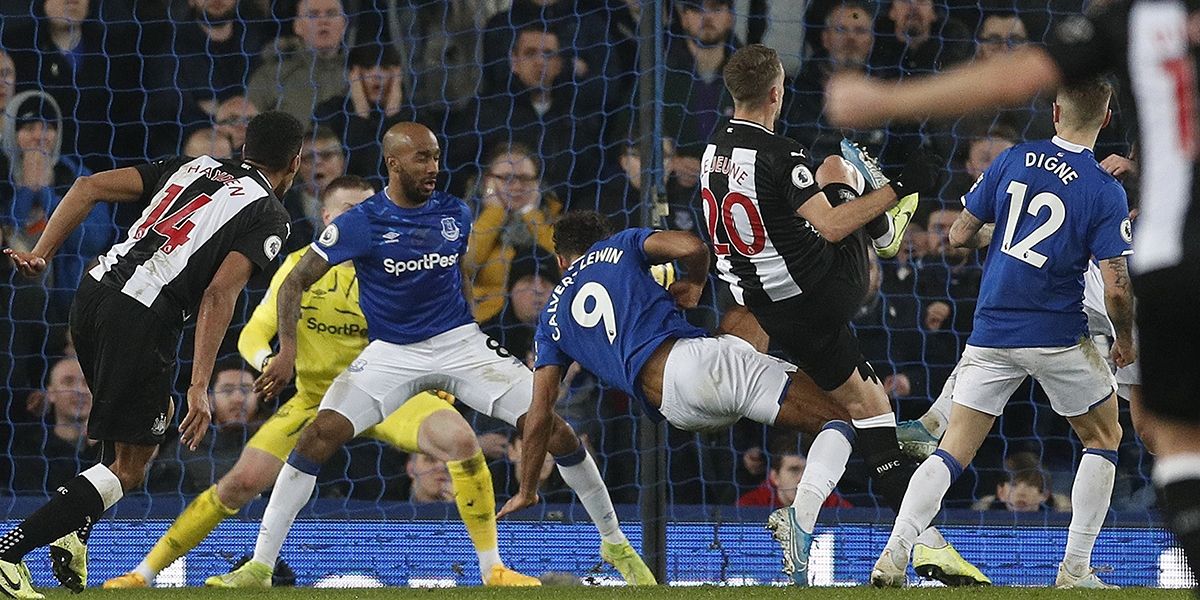SPORTS WELCOME OFFER AVAILABLE HERE
PRICE BOOSTS MAX BET £10
BOOSTED ODDS AVAILABLE FOR THE MAJOR SPORTS!
Do Teams With Nothing To Play For Make Easy Opponents?
Looking back at the final six games from 2010/11 to 2018/19 Premier League seasons, we have identified 369 matches where at least one team had nothing to play for.
We’ve taken this as approximately based on teams having a points gap to a meaningful position (top-four, top-six/seven, relegation etc) of three plus the number of games remaining, i.e. a gap of four points going into their final game (although three plus an unrecoverable goal difference has also been taken), five points with two remaining, six with three etc.
Home Side With Nothing To Play For v Motivated Away Team
If we start by looking at home teams with nothing to play for against an away team that does, then we have a sample of 121 matches. We can see that the home team had a poor record, going W38- D31-L52, showing an unusual bias towards the away side that would return +8.8% profit based on Premier League odds if you’d backed them every time.
Breaking that down, when these home teams were the favourites they’ve made for especially poor value. They’ve won only 21 of 55 matches while being beaten 17 times, including seven away wins at greater than 3/1.
That’s resulted in a profit of 27.7% when betting on the away team, while backing the draw has also been a good strategy (+29.8%) as the golden rule has been to avoid the home side.
Meanwhile, in the 66 matches where these teams were underdogs, they produced a seemingly modest return of W17-D14-L35. However, that is almost enough for parity between backing the home win (2.9%) and the away win (-7%).
Certainly, given the relatively small sample it doesn’t conclusively suggest the home team should be discounted when they are underdogs with nothing to play for.
Motivated Home Side v Away Team With Nothing To Play For
The reverse scenario, where the away side had nothing to play for but the home side did, is again in favour of the more motivated side. This time we have 116 of these matches, and the home side has won 61%, going W71-D24-L21. As a result, Premier League winner betting on the away side would have left you out of pocket, with a -20.3% ROI, while the draw would have yielded another significant loss (-21%).
However, backing the home side who had something to play for, would have given a return of +3% and with all our profitability figures being based on average odds you’d most likely have made a 5% improvement using best odds on football, which would result in nearly 10% profit.
Furthermore, when the favourite in this situation is the home side, they won 67% of their 103 matches, only losing 15 of these, as backing the home side gave a +8.3% profit, while both the draw or an away win gave big negatives.
In the other 13 matches with the underdog at home in this scenario, the home side only managed two wins, but five did result in draws which is a large proportion of these games.
In fact, if we separate between home teams that were odds-on and all other home teams, we see that the former category went W54-D5-L9 while the latter went W17- D19-L12, as there was a large increase in the number of draws.
Neither Side Has Anything To Play For
Interestingly in the 132 matches where neither team had anything to play for, it is the away side that has been the far more profitable side to back. This obviously goes against the general trend and assumption of a home advantage which is very intriguing. A record of W52-D28-L52 in these matches means that backing the away team every time would have given a +52.2% ROI.
Moreover, home favourites were especially worth avoiding as despite an average price of 1.82 over 96 such matches, suggesting a 55% win rate, they won just 47% of the time and with defeat in 31%, the away win would have yielded a +66.2% ROI.
That includes such results as Man City losing to Norwich in 2013, Arsenal to Swansea in 2015, as well as two shocking defeats for Man Utd in each of the previous two campaigns hosting West Brom and Cardiff. In our 34 matches in this category where the home side was the underdog, it again pays to back the away team as they’ve won 20 times, resulting in a +5.6% profit.
Conclusions
It is clear there are multiple ways to bet on the Premier League run-in, mainly to oppose a side with nothing to play for, especially with the favourites in certain scenarios. If the home team is the favourite but has nothing to play for then it made no difference whether their opponent had any motivation and they should be opposed – BACK AWAY TEAM.
Home favourites with something to play for should be backed against teams with no motivation, while the longer the price on the home side the more the draw should be considered – BACK HOME TEAM. When neither team has anything to play for but the away side is the favourite then they tend to be good value – BACK AWAY TEAM
BET ON THE PREMIER LEAGUE HERE!
18+BeGambleAware











